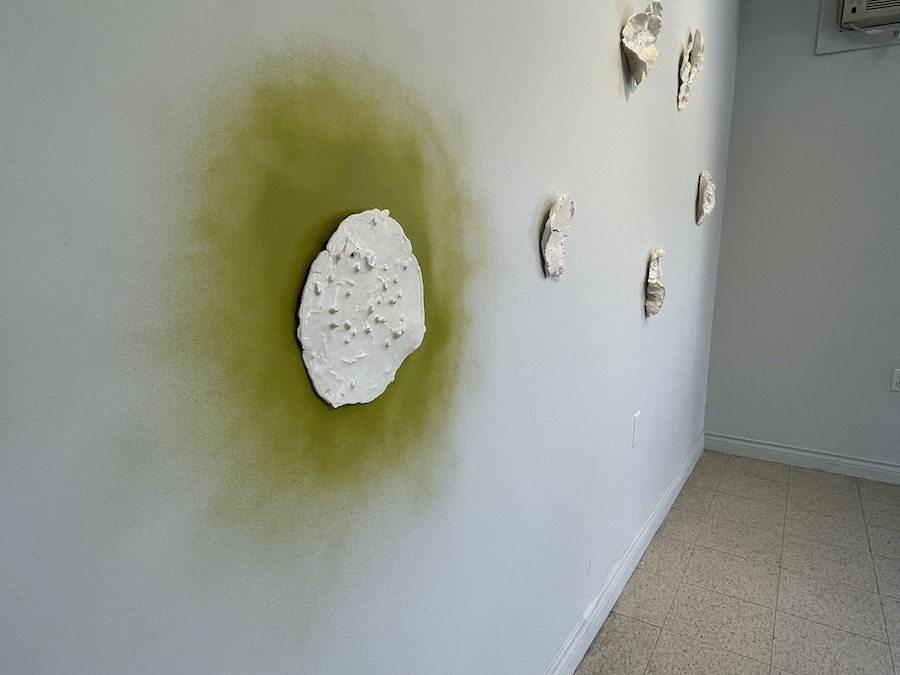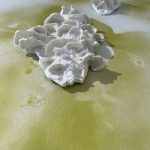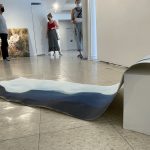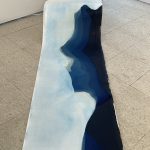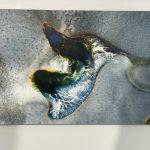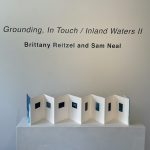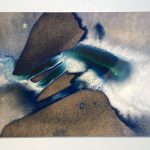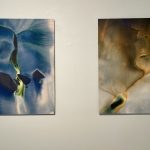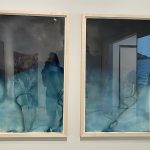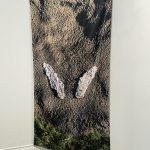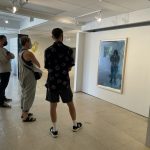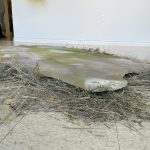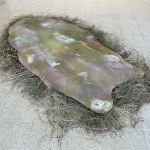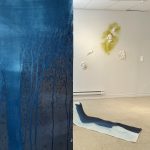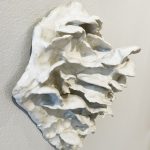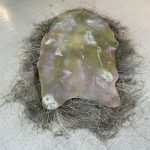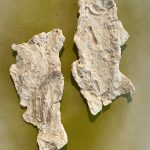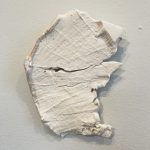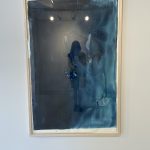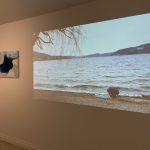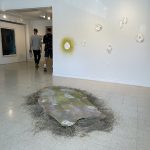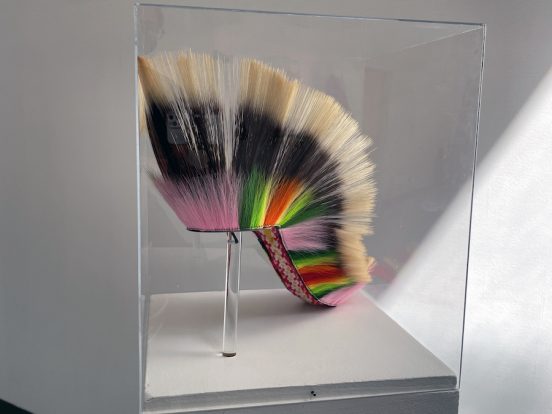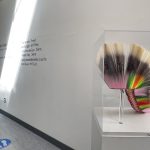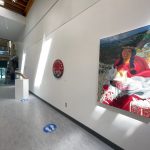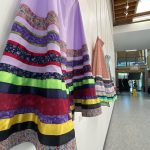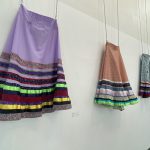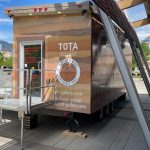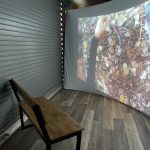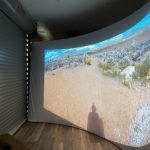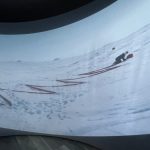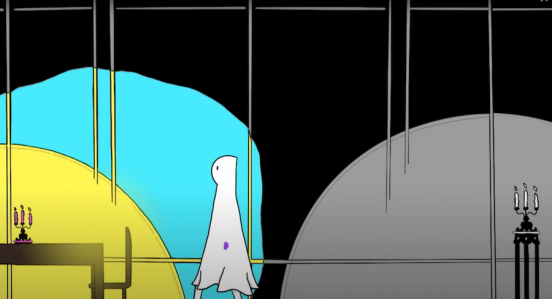Lindsay Kirker is a recent graduate of the MFA program at The University of British Columbia Okanagan Campus.
This is Water
I’ve been thinking a lot about water.
To float down the river effortlessly
And break away from thought, form and distraction.
To play in tune with the vibrating strings of You.
Continuously I tell myself, be water.
Through the city I observe the banal.
Concrete walls constructed to contain
Lifting us up from one prefabricated structure to the next and I struggle to breathe
Plan your escape, I hear her say.
I feel the urgency to stand at ocean’s edge.
Be water. This is water, I hear You say.
I look across to you and
You are the only one
Drinking coffee.
The parking lot is empty and we no longer talk about the weather.
I leave you and I move through space
Continuing the search for stability;
The foundations of Being beyond being in-itself
And I know.
Be water. This is water.
This is Water
Exhibition Essay
Lindsay Kirker invariably questions the world around her. The artist is drawn to her surroundings, and her paintings are a reimagining of the connection between the natural and industrial world, and the people, places, and things that are a part of her journey. Her practice does not appear fixed, rather constantly evolving and carrying with it a level of certainty, and equally, a desire to embrace change. Through the use of numerous perspectives, Kirker allows us to imagine multiple scenarios. On the one hand, our civilizations are being overtaken by the environment as a result of climate change or vice versa. On the other, our urban and organic worlds are working in unison, a vision of sustainability and hope. These facets are steeped in themes of love, loss, and sacred matters of the heart. There is so much that can be found in Kirker’s work, but the leading figure of this exhibition is water, that which requires some time to unpack.
Water means something different to everyone. For myself, water means security, hydration, and relaxation. It means something scary. Specifically, a fear of what is underneath its surface, the power it wields, and my reliance on it. Water also means a physical and mental link to the organic components that make up life on earth. It has become a role model for embracing the most organic path of existence. Water is all of this and so much more, but these thoughts only came after thinking and feeling through Kirker’s paintings.
As humans, our relationship to water is not perfect and is certainly not linear. Before seeing the world through Kirker’s eyes, I could not articulate my connection with water. You would think that the substance providing life to all living things, one of the most pertinent elements that exists alongside us, would be easy to love. Many of us have grown up knowing water as a resource and it feels like our relationship with water has become misconstrued because of this. It loves and nourishes us, but many people do not treat it with the same care. Kirker’s choice to highlight water’s physical and spiritual value allows us to rethink our relationship with water.
Kirker as a guide, facilitating a connection between humans and our surroundings. Her paintings speak a language of compromise. We build gigantic concrete structures, asphalt roads, and urban spaces that feel so far from their natural foundations, but the artist shows us that organic and manmade can work in unison. The two spaces can flow together, intertwined the same way our bodies are with water. Water becomes a site of contemplation. Interpreting what is being built and destroyed before our eyes is a part of the story Kirker tells, but I think it is the way she depicts water that informs some higher awareness. In The Flood, water seeps into the concrete structure with ease. It is not only a metaphor for the irreversible effects of climate change but an example of water’s flowing personality. Water is inevitable, it coasts through our bodies every day. In a world that is often taken for granted, there needs to be a deeper connection between us and water.
Let us be wary of over-simplifying our connection to water. Kirker has stated that climate change may be a more collective trauma, and to say this trauma is a result of our disconnect from nature would be to under estimate a complicated situation[1]. The topics raised in her work are more layered than saying we have lost touch with water. To approach this intricate subject matter, the art offers a re-imagining of the spaces that surround us[2]. We can see this in Vibrations. The waves that flow through the canvas comingle with orange lines extending from the sunset-colored sky. These lines run parallel to large industrial shapes, reminding us that a brightly colored world in which city and nature flow together is possible. In this painting, water becomes the facilitator for complex change.
Kirker has just recently returned from a Canadian residency program with La Napoule Art Foundation, spending six weeks in France developing connections with artists, curators, and writers, and diving deep into her practice. The pieces Parallel Universe and Wanderer bove the Sea of Fog were both created during this time of movement. Like many of her works these paintings engage in multiple perspectives, but they contain exuberant elements that might be indicative of the growth and love Kirker attributes to the flow of life. The name Wanderer above the Sea of Fog, communicates her curiosity towards the world, her willingness to surrender and explore, and to question her surroundings. The ship in the painting purposefully charges forward, unafraid of the choppy waves. Similar to the ship, Kirker embraces an artistic persona that is not scared of what seems unattainable, opting to follow the flow of what can be attainable.
What intrigues me about this exhibition is that the act of being human and having waves of emotion and thought are not taken out of the context of our climate, which they often seem to be. I think we can feel closer to the elements that make up the earth, the ones most threatened by the rapid global warming around us, when we assume a thoughtful and reflective role alongside them and when they help us understand our own hearts. As Kirker puts it “the external landscape that unfolds in front of us is best known by understanding the energy that runs through us”[3]. Finally, we are reminded to follow the current of life. Kirker’s artistic thesis is methodical but it is also complex. Found in this divergence is a level of grace that allows us to loosen our grip on these categories and move within them. It might just be that the unruliness of life suits us.
Maggie McKenney
Guest Writer
BA in Art History alumna, presently working at the Jasper Public Art Gallery.
[1] Kirker, Lindsay. Creating Structure: The Complexity of Making, Dwelling and Being. 2020. U of British Columbia (Okanagan), MFA thesis, 7.
[2] Kirker, Lindsay. Creating Structure, 7.
[3] Kirker, Lindsay. “Artist Statement.” The Relativity of Space and Time, 2022.

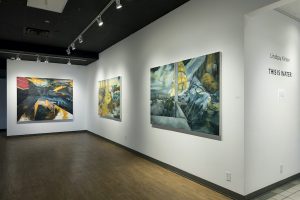

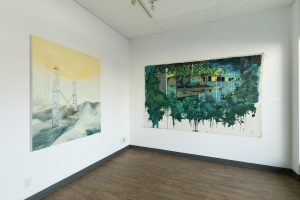
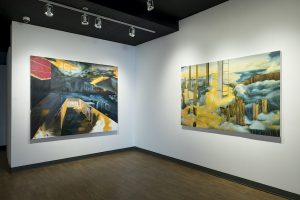
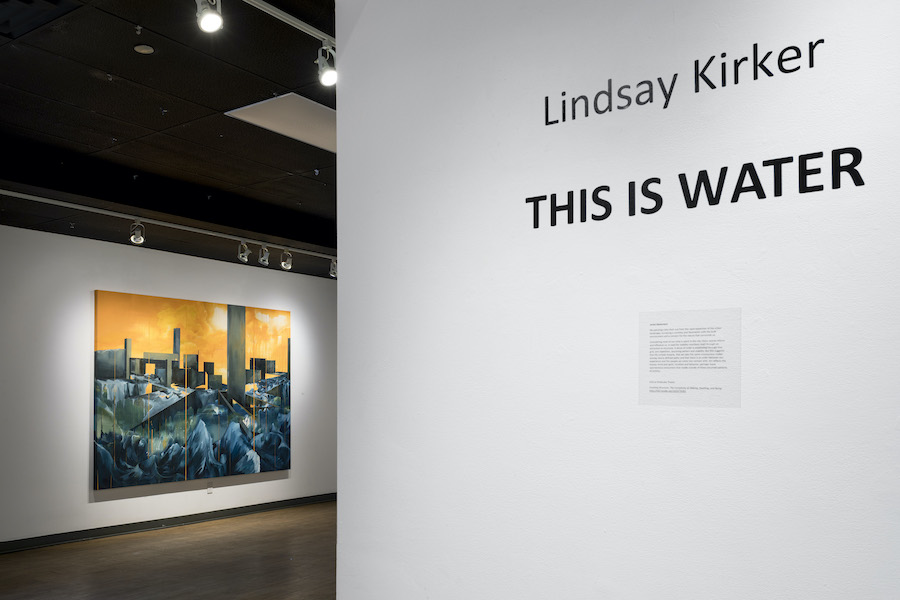

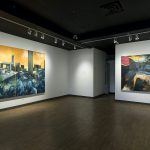
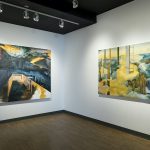

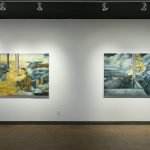
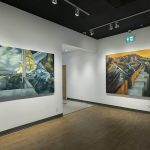
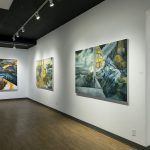
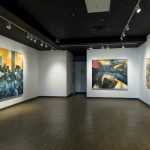
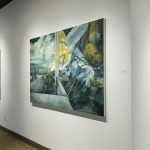
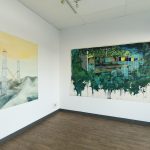
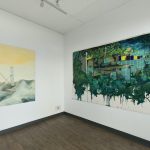
 Follow
Follow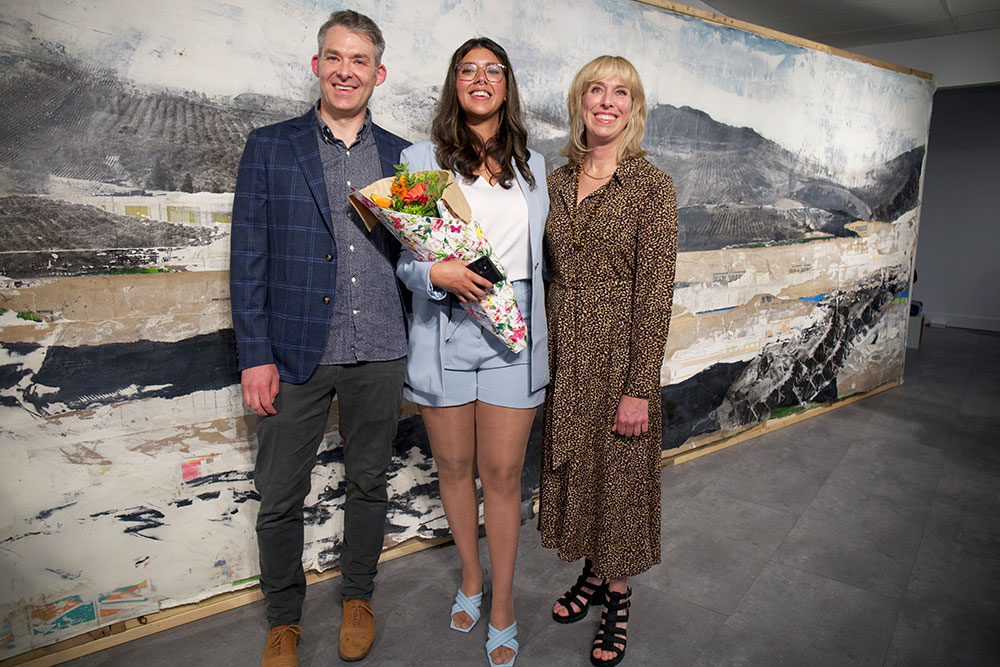

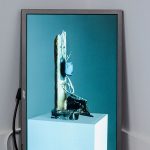
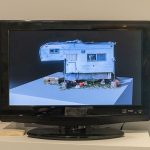
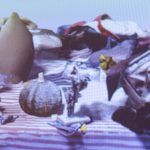

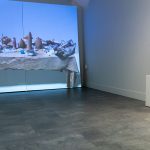

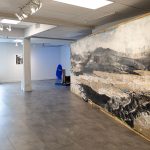
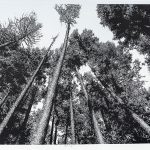

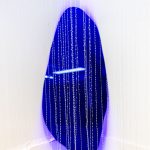
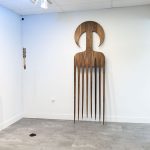
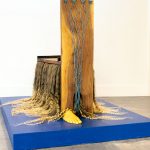
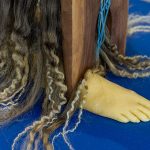

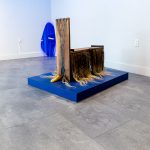
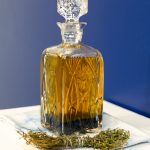
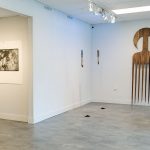

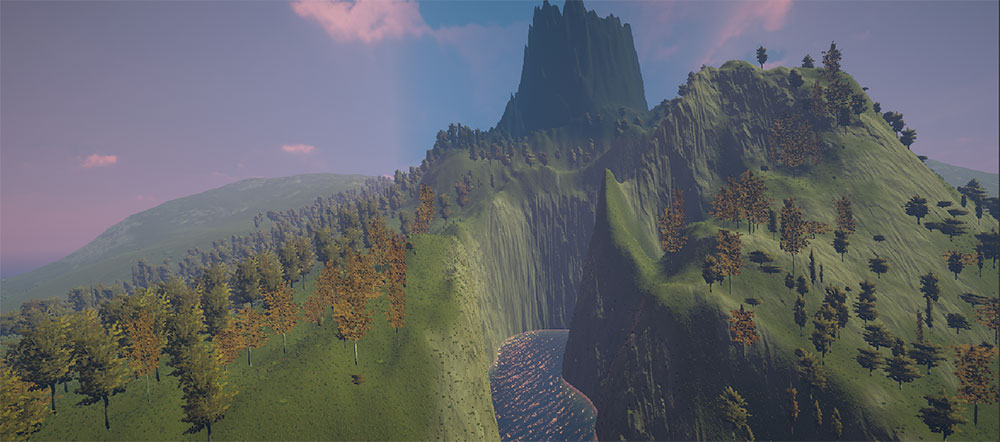
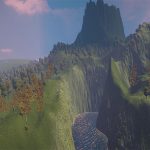
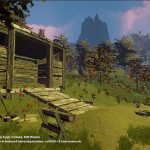
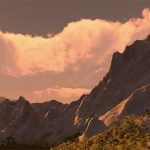
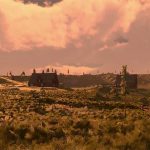

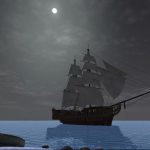

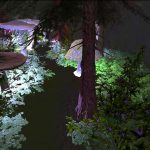
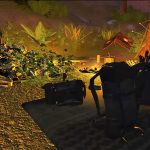
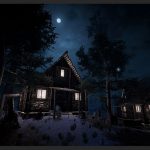
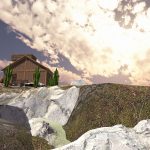
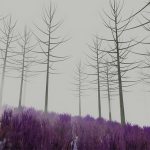
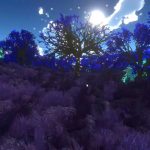

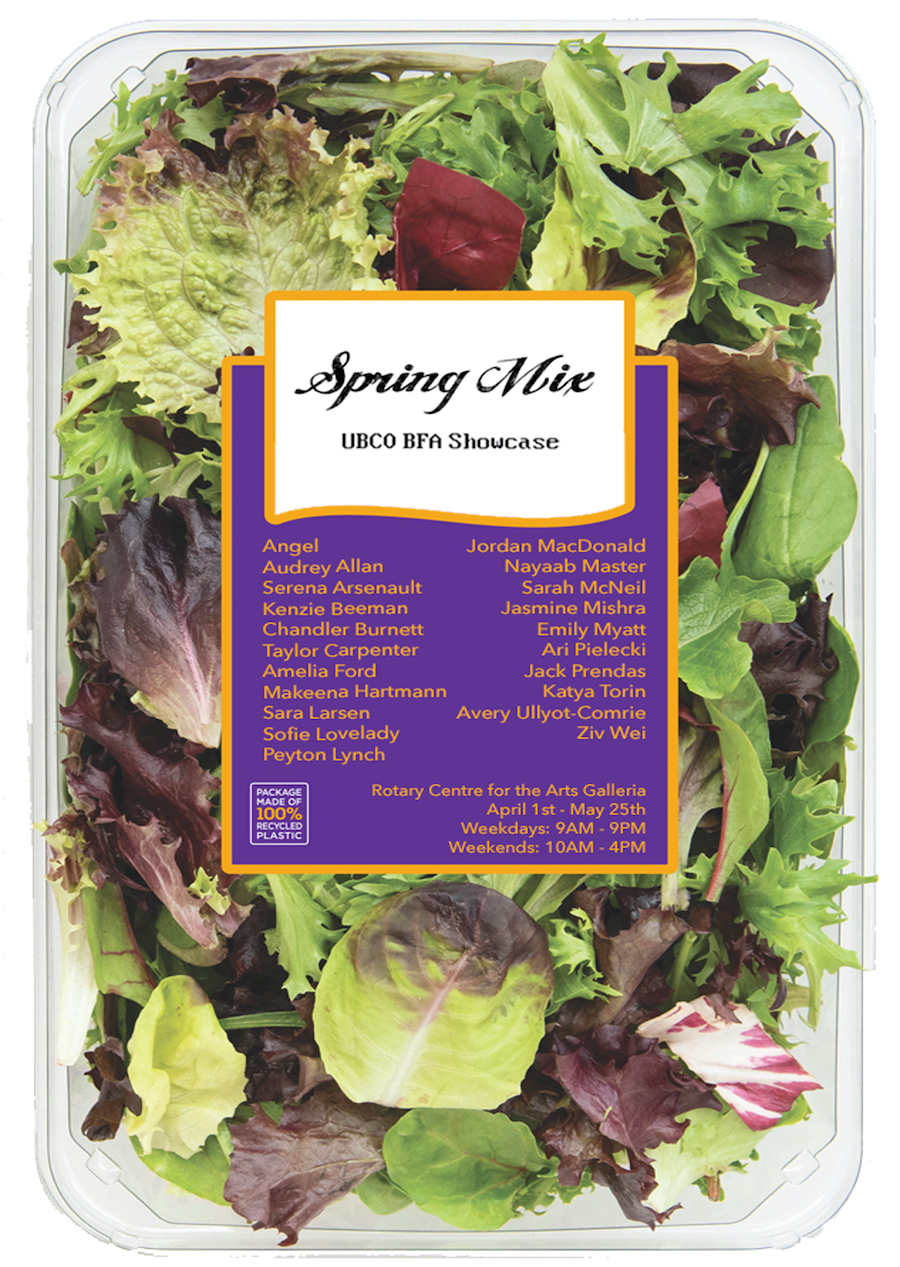
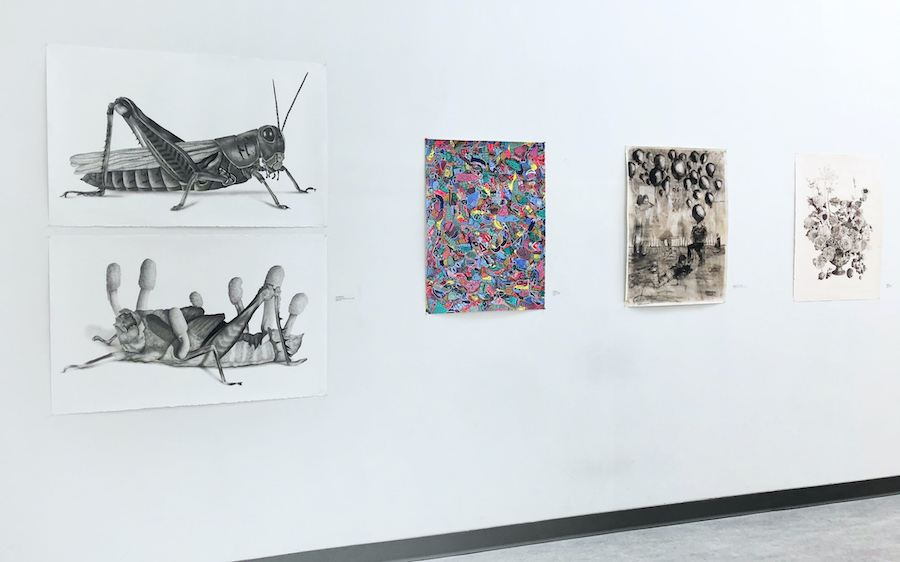
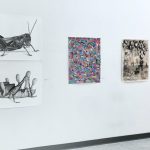
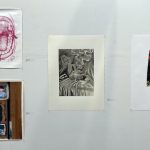
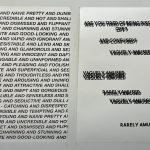
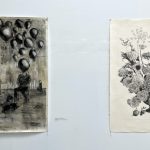

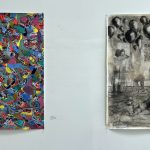

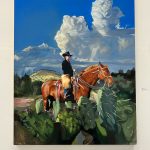
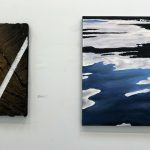
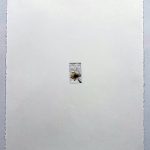
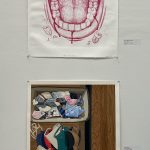

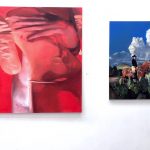
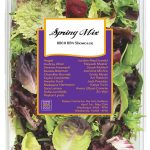
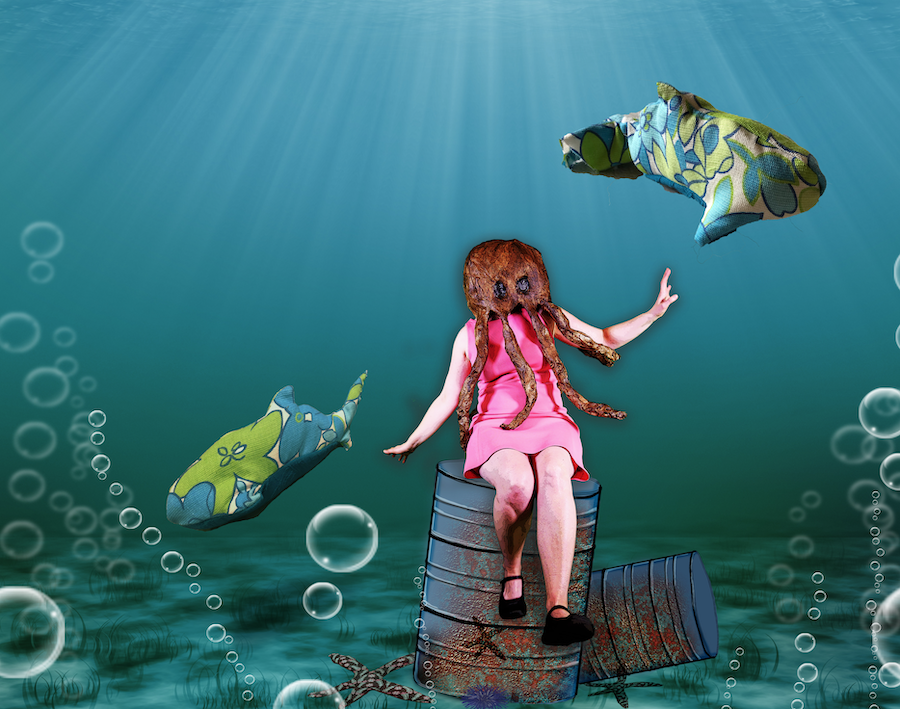
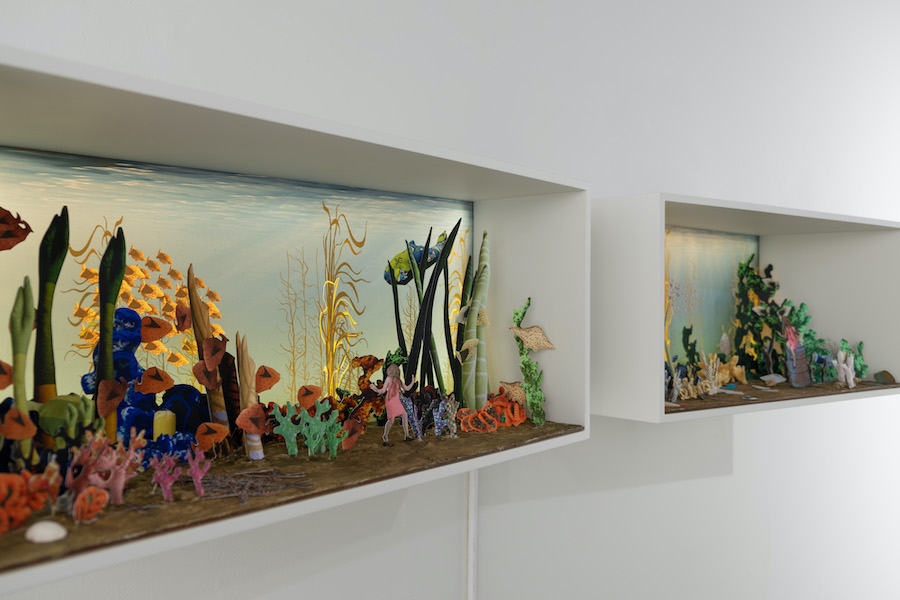


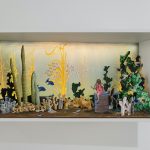
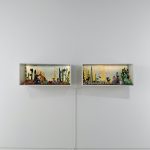
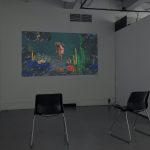
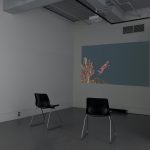
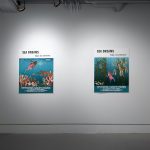



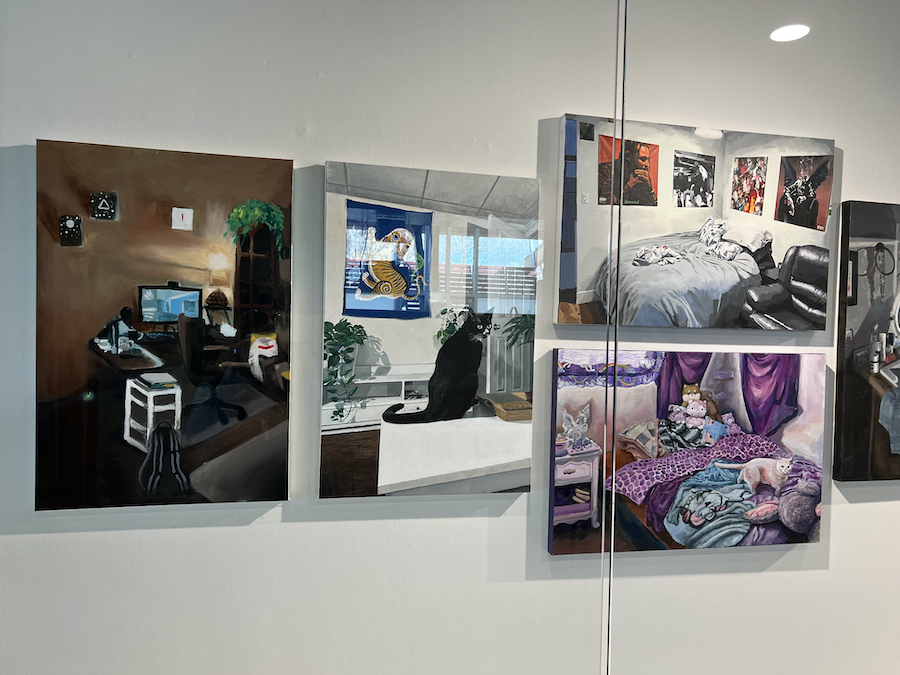
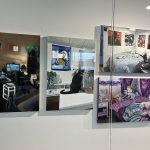
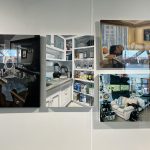
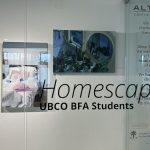
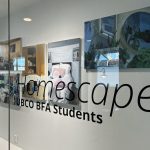
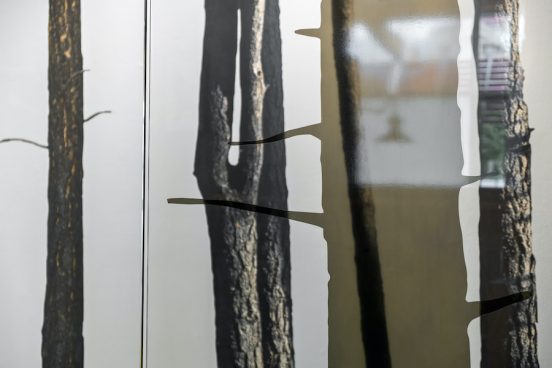




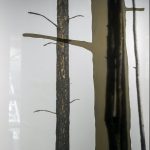

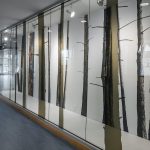
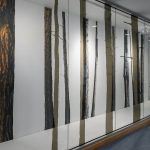
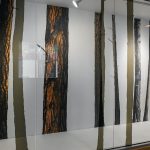
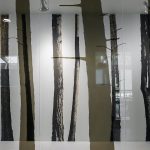
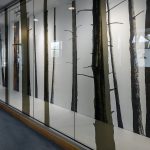

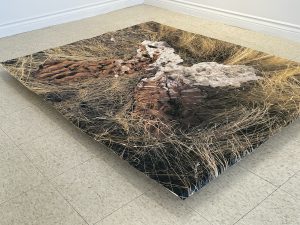
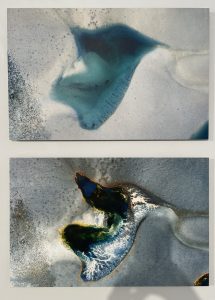 Inland Waters II is an exploration of time, place and process. Using cyanotype chemicals, a photographic process discovered in 1842, I brush large pieces of paper that become sensitive to UV light once dry. Each of the works is created in collaboration with a body of water. I have been drawn to how water can appear to change color when light moves across it, how we can see water’s surface and its depths and how it reflects and refracts to create caustics. I carry the sensitized paper to the water and let the water impact or flow over it. The paper is then left to expose and dry at the site in which it is created. The connection between the overlapping of water, light and my engagement with the process explores a performative relationship with nature that can be visualized as a direct mapping of a place.
Inland Waters II is an exploration of time, place and process. Using cyanotype chemicals, a photographic process discovered in 1842, I brush large pieces of paper that become sensitive to UV light once dry. Each of the works is created in collaboration with a body of water. I have been drawn to how water can appear to change color when light moves across it, how we can see water’s surface and its depths and how it reflects and refracts to create caustics. I carry the sensitized paper to the water and let the water impact or flow over it. The paper is then left to expose and dry at the site in which it is created. The connection between the overlapping of water, light and my engagement with the process explores a performative relationship with nature that can be visualized as a direct mapping of a place.